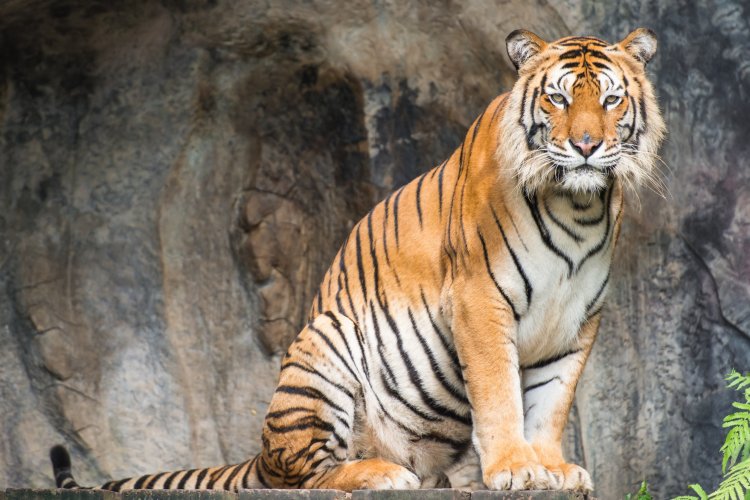Today, on July 29th, the world is celebrating the International Tiger Day. The observance originated in Russia. The decision to make this date a tiger celebration was made in 2010 at the Saint Petersburg “Tiger Summit” ─ the international forum on tiger preservation on Earth. The campaign goal is to raise public awareness of the issue of tiger extinction and ways to protect tigers.
There are unique Amur (Siberian) tigers in the Russian Far East, which are the world’s largest and the northmost predatory cats. The animals are an endangered species, and scientists are doing their best to prevent their extinction. According to experts, the population of the endangered Amur tigers in the wild in Russia went up to 580-600 individuals in 2019. The next tiger census in the Far East is scheduled for the winter of 2021-2022.
Scientists are trying to expand the habitat of the Amur tiger. The Far Eastern Division of the Russian Academy of Sciences has Amur tiger reintroduction programs for the original Amur tiger habitat to be repopulated with Siberian tigers. Genetic research plays an important role in this process:
“The tigers’ habitat is constantly expanding thanks to reintroduction programs targeting the area the animals used to live in but were exterminated. Essentially, this is the entire area along the Amur River. There is even some evidence that some individuals reached Yakutia back in the early 19th century. However, those were, most likely, the so-called mobile males, which may travel for hundreds of kilometers.
Now, we are trying to expand this habitat, albeit artificially.
The main question is how to do it right, to avoid both narrowed genetic diversity and near degeneration of small, remote populations. The choice of a reintroduction policy is important. And this always takes genetic research,” said M. Y. Schelkanov, Doctor of Biological Sciences, Head of the Virology Laboratory at the Federal Scientific Center of the East Asia Terrestrial Biodiversity of the Far Eastern Division of the Russian Academy of Sciences, Head of the Microorganism Ecology Laboratory at the Far Eastern Federal University, in an interview to the V Mire Nauki magazine.
In Russia, tigers only live in the Far East, in Primorsky and Khabarovsk Regions. According to the UN, Russia is contributing well to the cause of tiger conservation on the planet. However, in spite of the efforts, the species is still endangered. Raising public awareness of the issue of saving tigers and their habitats plays an important role in the effectiveness of nature conservation.
Photo: tratong / 123RF
* (This material (information) was produced, distributed and/or sent by a foreign agent of the World Wildlife Fund (WWF) or concerns the activities of a foreign agent of the World Wildlife Fund (WWF))






















